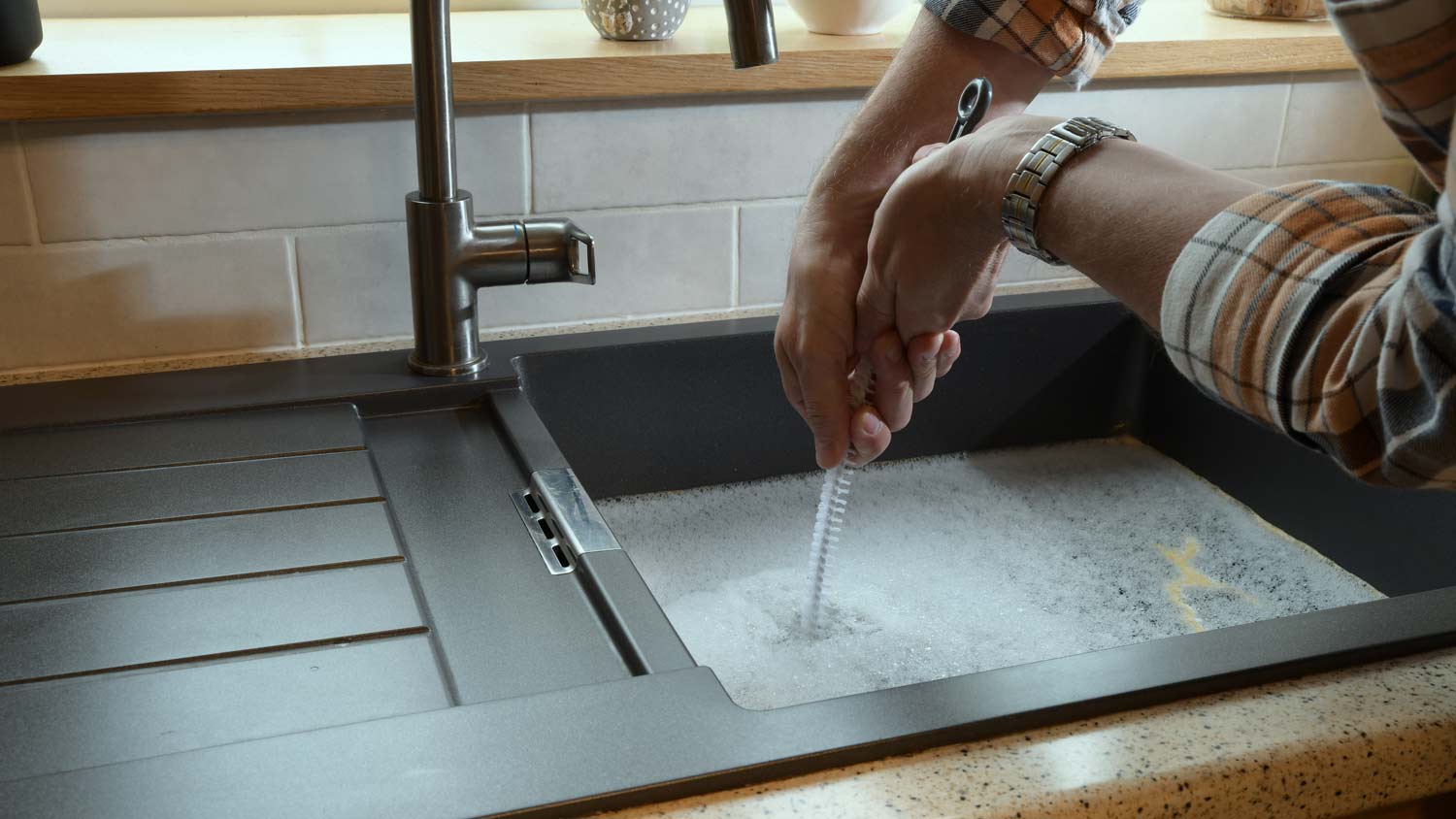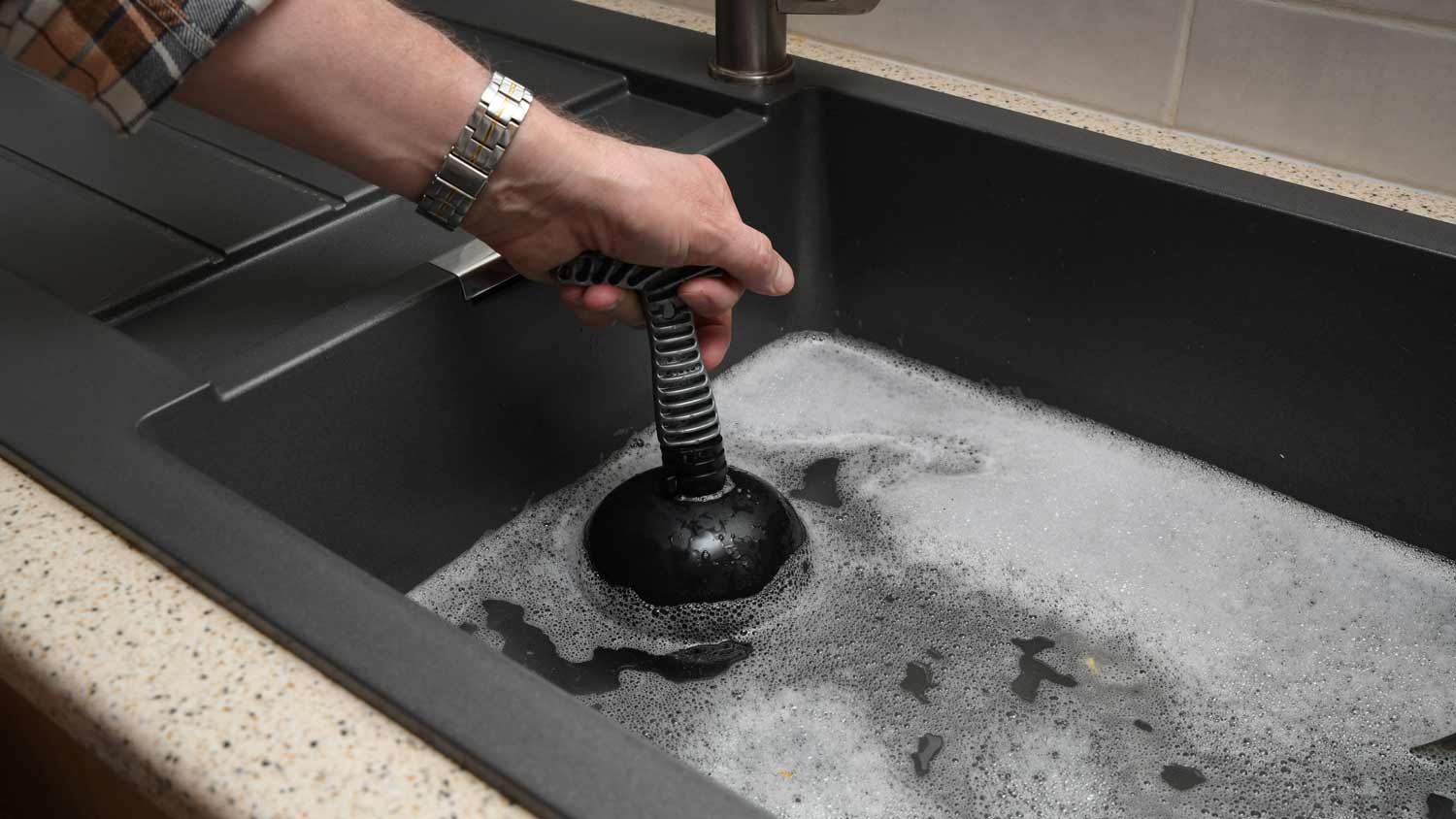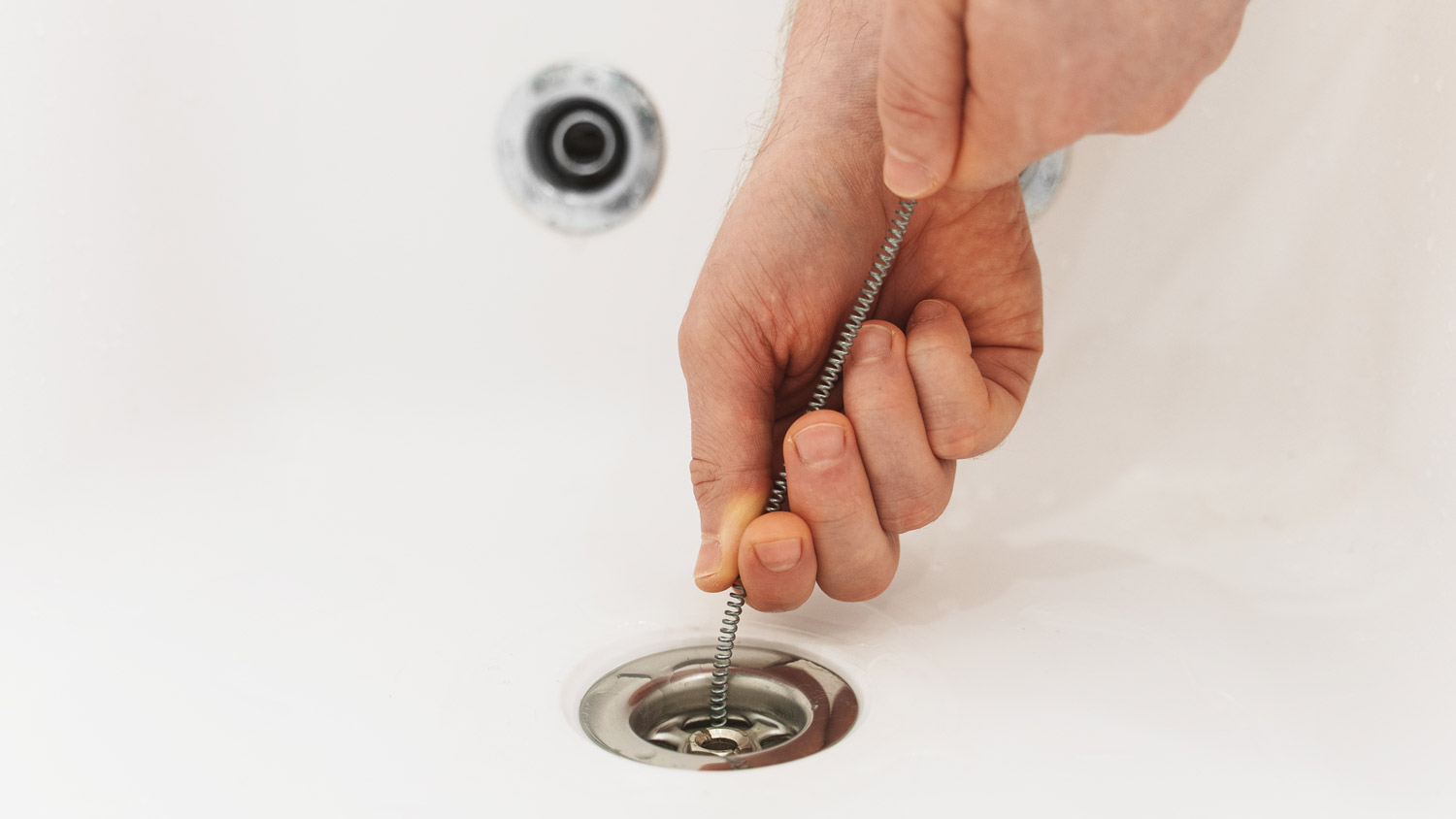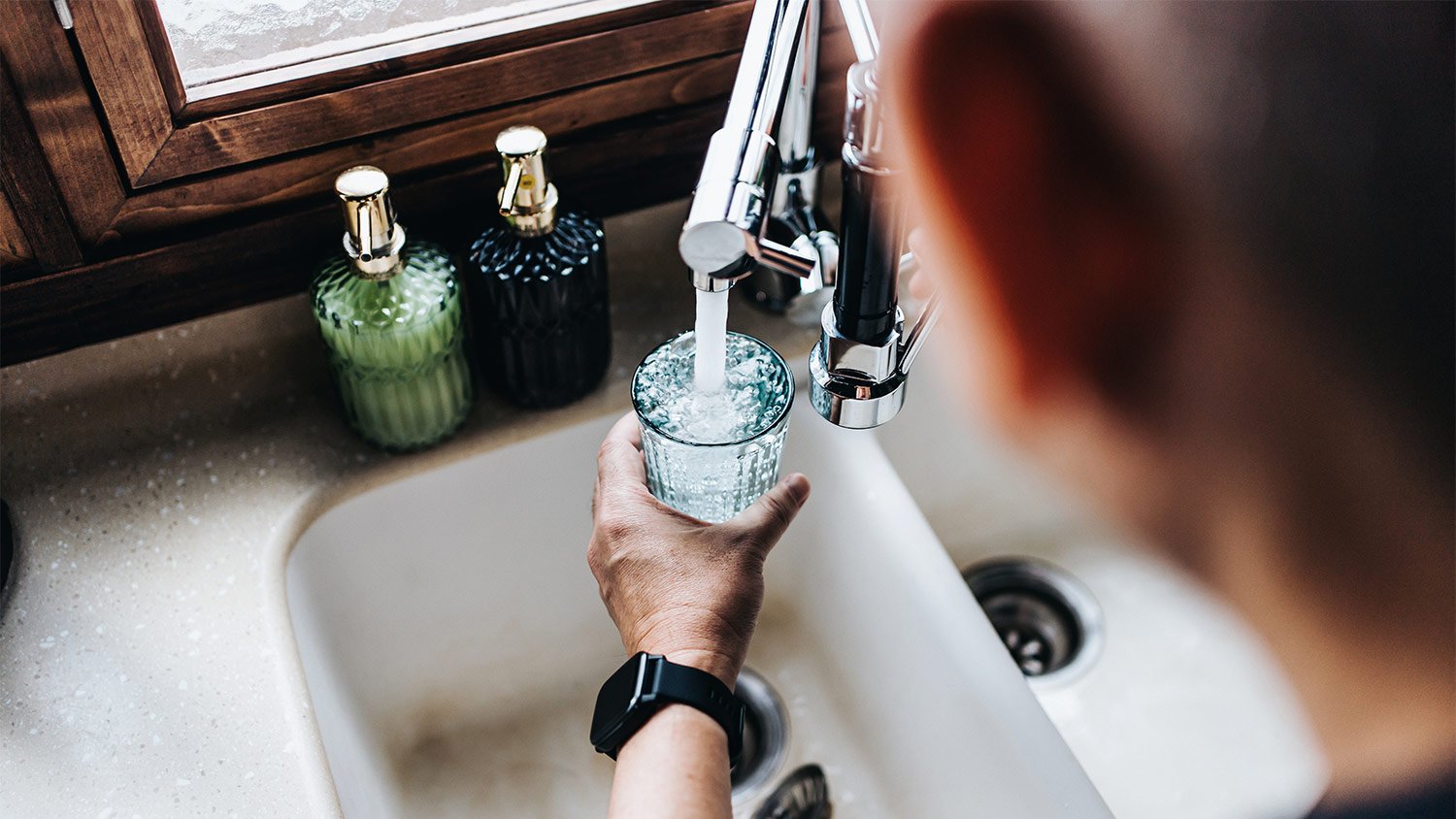Drain Bladder vs. Snake: What’s the Difference?
Get the lowdown on how to unclog


A drain bladder uses pressurized water to unclog a drain.
A drain snake pulls clogs out of the drain to clear the pipe.
More severe clogs will likely require a drain snake, while a drain bladder can take care of partial clogs.
A clogged drain can quickly derail your day, and if a plunger isn’t doing the trick, you might need to use a drain bladder or snake to get your water flowing. But what are the differences between a drain bladder and a snake? We’re here to break it down so you’re ready to tackle clogs that come your way and know when to call a pro.

What Is a Drain Bladder?

A drain bladder uses pressurized water to dislodge a clog. To use a drain bladder, attach the bladder piece to the end of a garden hose. Then, attach the other end of the hose to a faucet or outdoor spigot within reach of the clogged drain.
Insert the garden hose and drain bladder into the clogged drain while someone at the water source slowly turns the cold water on. The bladder in the drain will fill, and pressure will build between it and the clog. This pressure will eventually dislodge the clog and allow water to flow freely through the pipes.
What Is a Drain Snake?

A drain snake is also a tool for unclogging a drain, but it does so differently than a drain bladder. A drain bladder uses water pressure, but a drain snake snags debris to remove or dislodge a clog.
The drain snake cable is coiled in a drum and is extended into the clogged drain by hand. When the snake reaches the clog, the corkscrew piece on the end grabs the debris. Using the handle on the drum, you can reel the snake back into the drum and pull the clog out of the drain. Once the snake is out of the drain, you can remove the debris from the corkscrew.
Drain snakes are used for more stubborn clogs and can help you get out of a jam, whether you’re clearing a bathtub drain or unclogging your basement floor drain.
Should I Use a Drain Bladder or a Snake?
The type of unclogging tool you should use depends on the type of clog you have. This may take a little guesswork because you likely won’t be able to see the clog.
Drain bladders work best for partial clogs that can be broken up with higher water pressure. For instance, a clogged kitchen sink drain is likely backed up with food and grease, so a drain bladder should be able to break it up.
More severe clogs, like those in a bathtub, are likely caused by a mass of hair and are too stubborn to unclog with water pressure alone. In this case, a drain snake can pull the clog out to clear the drain. If the clog proves too stubborn, you can always call a local drain cleaner or plumber to get your drain working again.
Clogs are pretty common, but if you can't get rid of one with a plunger or snake, you need a plumber. Camera inspections are used in more extreme cases, like when water keeps coming back up from multiple drains or if multiple drains are slow.
Frequently Asked Questions
For homes with a septic tank, harsh chemicals like those found in drain cleaner or bleach aren’t recommended. Some chemical drain cleaners can disrupt the balance of bacteria in the septic tank or damage your pipes. For homes with a septic tank, you can choose drain cleaners specifically formulated for use with septic tanks or go with a drain snake. When in doubt, make sure you know who to call for a clogged drain.
Unclogging a drain costs between $150 and $350 if you have a plumber come to your home. But that just covers the drains in your home. It can cost over $1,600 if there’s a main sewer line clog. If you’re able to use a snake or drain bladder on clogged drains, you can save money and leave the bigger jobs to the pros.















